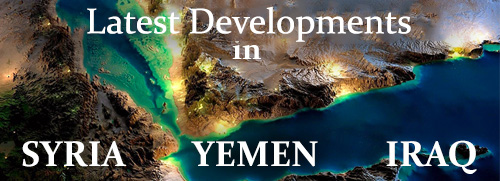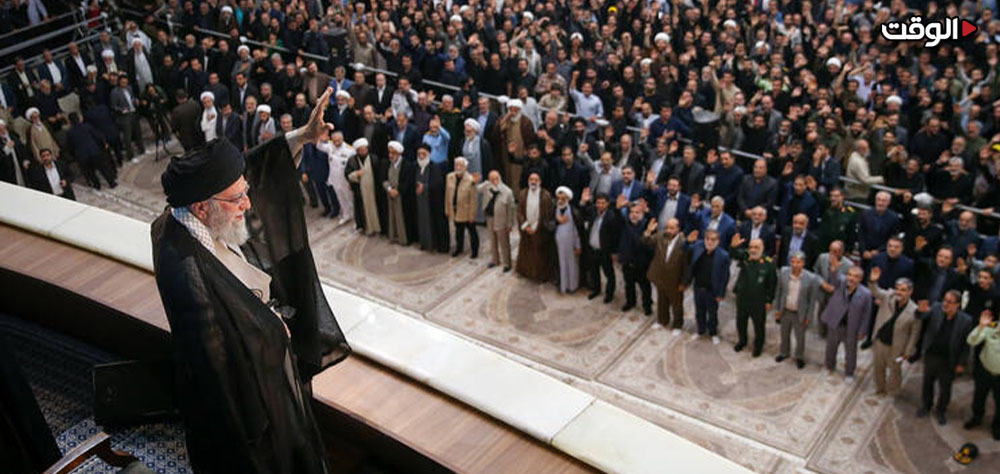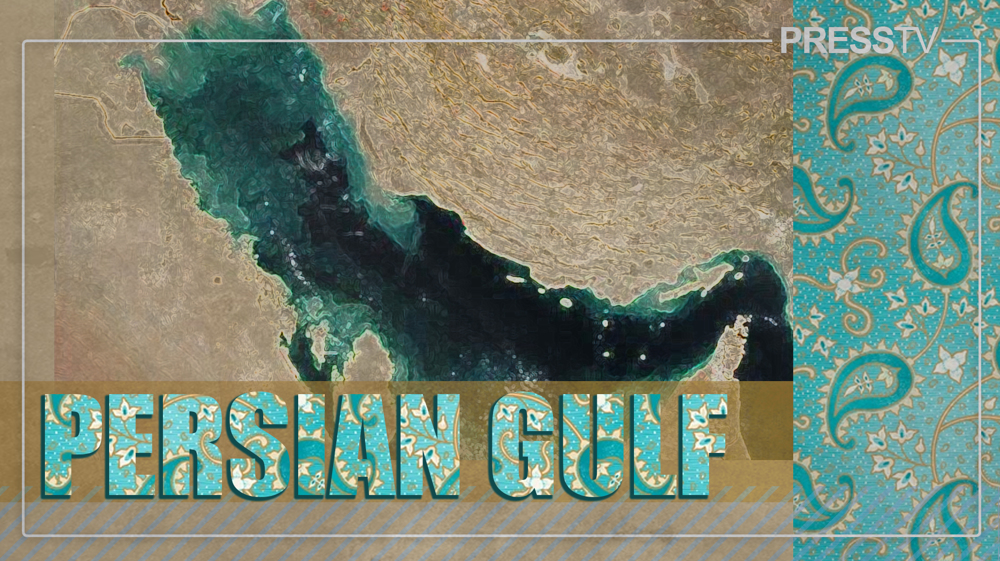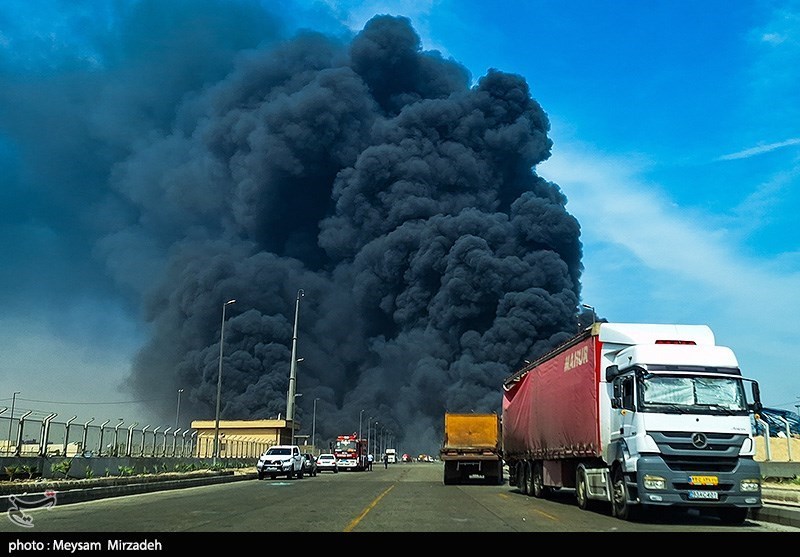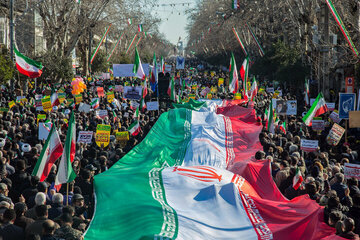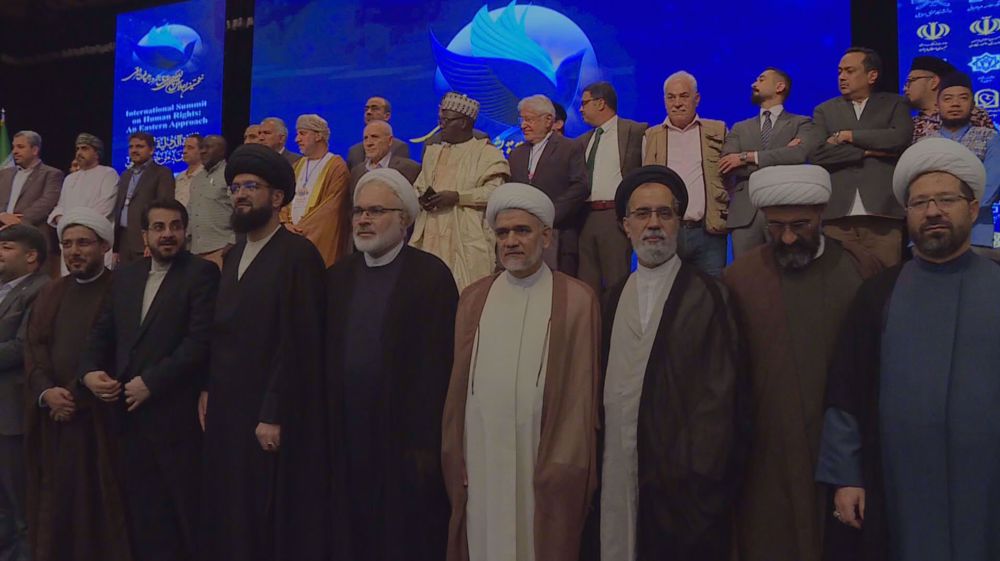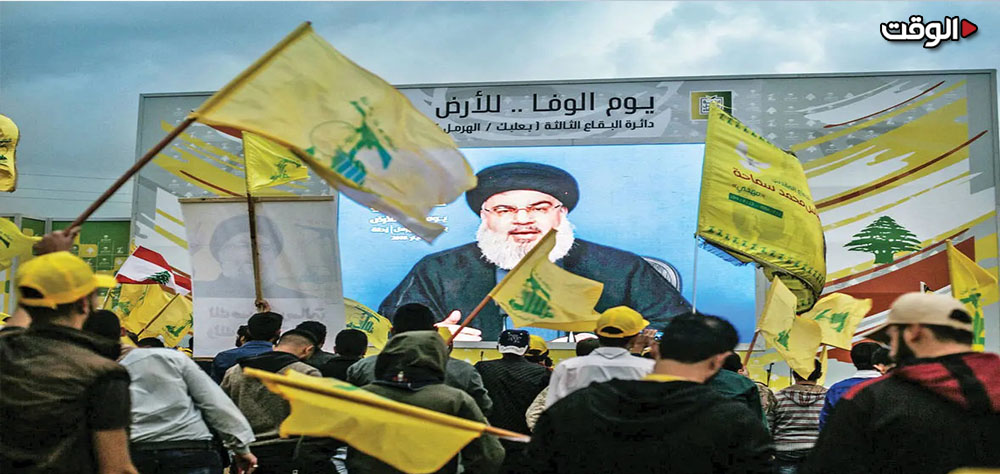The war in Syria is one thread of a larger geopolitical web being woven in the region in a bid to trap the Resistance Axis: Iran, Syria, Hezbollah, and Hamas.
Unraveling this tangle of a plot seems complex for distant observers but will be cleared up once it is understood that ISIS, along with other terrorist groups, are not independent organizations that emerged out of the spur of the moment to establish an alleged Islamic State.
While many think that ISIS is the main enemy the west is fighting with in Syria and Iraq, it couldn't be more of a fallacy.
The extremist group has been operating in Syria since 2011and has succeeded in wreaking havoc on the country. With ongoing clashes, killings, lootings, abductions, rape and many more horrendous acts, violence in Syria, one of the Resistance Axis's members, is spiraling out of control.
On a map, Syria's geopolitical importance can be spotted. To the north, there is Turkey, a friend-turned-foe after the recent developments. To the east, there is neighboring Iraq which has been plagued with a similar outbreak of terrorism. To the West, there is Lebanon, home to the Lebanese resistance group Hezbollah. To the south, there is Jordan and, inopportunely, Palestinian territories occupied by the Israeli regime.
Tel Aviv has been wary of the regional presence of the Resistance Axis as an existential threat. Syria's geographical location has always been a major concern for Zionist leaders as it stands as an indispensable linking device between Iran and Hezbollah.
However, the emergence of terrorist groups and the war they ignited inside Syria has mitigated the worries of the Israeli regime. Draining Syria in a war of attrition has, seemingly, tilted the balance to the advantage of the Israeli regime. On the one hand, the Golan Heights which lie on the Syrian-Israeli border have fallen under the extremists' control bringing to the Israelis a better sense of security. This presence of terrorists builds a wall of defense for the Israeli regime which is not regarded as these groups' arch enemy.
To this end, a UN report has corroborated claims that the Israeli Mossad is cooperating with Al-Nusra Front in and around the Golan Heights in addition to already existing reports that extremists fighting against the Syrian army are being treated in Israeli hospitals.
On the other hand, Tehran, Hezbollah, and Damascus have their hands full with the Syrian crisis. That's why the Israeli regime thinks this war will divert Iran and Hezbollah's attention and will render them too preoccupied with helping their strategic ally to pursue their aspiration of liberating Palestine from the ongoing Israeli occupation.
In a 2014 speech, Sayyid Hasan Nasrallah, Hezbollah Secretary-General, said: The US and those who support them are sending weapons and political cover to Takfiris from all over the world and are bringing them to Syria... They do so in order to destroy the Resistance Axis against Israel.”
Defiantly, the Hezbollah leader also declared back then that “The project against the resistance is crumbling. The resistance axis will achieve victory."
But the Israeli regime still has hopes of rattling the foundations of the resistance.
After Iraq, Syria, the US-backed Israeli regime is attempting to use ISIS against another member of the Resistance Axis: Hamas.
ISIS terrorists threatened to turn the besieged Gaza Strip into another of their fiefdoms.
“The rule of sharia (Islamic law) will be implemented in Gaza, in spite of you. We swear that what is happening in the Levant today, and in particular the Yarmouk camp, will happen in Gaza,” said a masked ISIS member in a video statement referring to an ISIS raid on a Damascus camp where Palestinian refugees reside.
Hamas has regretted its cooperation with what it believed to be "moderate rebels" fighting against the Syrian government at the beginning of the conflict. Soon after committing this strategic mistake, the organization became aware that it was part of a ploy targeting the Resistance Axis and retreated. Hamas came to the realization that it would be cutting the branch it is sitting on, since it heavily relies on financial, political, and moral support from the Islamic Republic of Iran.
The threat is there and the only way to confront it is through unity. Back to history the Israeli regime has fed off the Palestinians' disintegration and now is not the time to let history repeat itself. In the face of a possible ISIS threat in Gaza, Palestinians must shed their differences and unite for the same cause they've been fighting for decades.
If ISIS manages to overrun Gaza, Palestinian resistance groups fighting against the Israeli occupation would be debilitated. They who are encircled by an external enemy internally would be engaged with an internal foe.
It has already been established that ISIS has no plans of attacking the Zionists; otherwise they would've done so already. In the middle of this mesh of collaborations, it is apparent that ISIS presence in Gaza would serve the Zio-American project.
The ISIS project, whether in Iraq, Syria, or Gaza best suits the Tel Aviv regime that is keen on weakening their enemies in the region by exporting terrorism to their territories. However, studying the Resistance Axis leaders' stances, one can conclude that the proxy war through ISIS and what follows has only boosted up their determination to cleanse Israeli regime from the Islamic world's map.
- Armenia Growing Hasty about TRIPP Corridor
- US–Qatar F 35 Negotiations Fuel Rising Israeli Anxiety
- Iran, Russia to Fast-Track North–South Transport Corridor Following Tehran Discussions
- Terrorist Attack at Checkpoint in Southeast Iran Leaves Three Policemen Martyred
- Iran Welcomes Chile’s Presidential Election Results, Signals Willingness to Deepen Relations
- Three Vessels Struck by US Forces in The Eastern Pacific; Eight Fatalities Reported
- False Flag Attack: Why Should Mossad Be Blamed for Fatal Sydney Shooting?
- Tehran Meeting Further Step to Address Afghanistan Challenges
- Troubled Louvre Museum Faces Some Grave Scenarios
- Senior Commander Praises Continuous Advancements in Iran’s Air Defense Capabilities
Editor's Choice
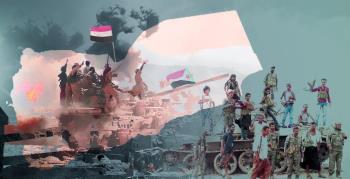
Is Yemen on the Verge of Split? The country is sinking in chaos as conflicting forces in the south are going separate ways and Yemenis are less involved in the fate of the south.
Beirut Assassination: Tel Aviv’s Dangerous Game and Mystery of Hezbollah Response Israel is seeking to take Hezbollah into a new confrontation, but the latter has its own calculations and game.
What’s Driven Public Trust in Resistance Factions in Iraq Vote? The Iraqis find effective forces in the resistance groups that do not restrict themselves to military sphere and have worked to stabilize national economy.
Gaza Disability Crisis: A Non-healing Wound Thousands of Gazans have suffered organ amputations, making it hard for them to engage in daily life activities.
Two Blasts Signal Deadly Game in South Asia The Pakistan and India blasts suggest that a new wave of instability is in the making, raising concerns about broader insecurity.
News
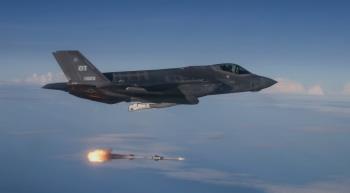
US–Qatar F 35 Negotiations Fuel Rising Israeli Anxiety
A review of the US–Qatar F 35 talksIran, Russia to Fast-Track North–South Transport Corridor Following Tehran Discussions Iran and Russia emphasized the importance of fast-tracking the implementation of the strategic North–South Corridor
Terrorist Attack at Checkpoint in Southeast Iran Leaves Three Policemen Martyred At least three Iranian police officers lost their lives in a firefight with unidentified attackers at a security checkpoint in Kerman
Iran Welcomes Chile’s Presidential Election Results, Signals Willingness to Deepen Relations The Iranian Foreign Ministry’s spokesperson congratulated Chile on the successful conduct of its presidential election
Three Vessels Struck by US Forces in The Eastern Pacific; Eight Fatalities Reported Eight killed as US military targets three suspected drug-smuggling vessels in eastern Pacific operation ordered by Secretary Pete Hegseth
Senior Commander Praises Continuous Advancements in Iran’s Air Defense Capabilities The Chief of Staff of the Iranian Armed Forces emphasized the ongoing and consistent improvement of Iran’s air defense capabilities
Iran Introduces New Nuclear Medicine Products Iran’s NSTRI has revealed three domestically developed products for diagnosing and treating diseases using nuclear medicine
US Military Aircraft Nearly Collides with Civilian Plane Near Venezuela A US military refueling plane narrowly avoided a collision with a civilian passenger aircraft off Venezuela’s coast
Russia Says It Intercepted 130 Ukrainian Drones Overnight Russia’s Defense Ministry says air defense units intercepted 130 fixed-wing Ukrainian drones overnight across multiple regions and over the Caspian Sea
Human Rights Watch Says Israel Is Blocking Reconstruction in Southern Lebanon Human Rights Watch says Israeli attacks on reconstruction machinery and civilian factories in southern Lebanon after the ceasefire breach the laws of war and amount to war crimes
Mass Shooting at Jewish Gathering in Australia Leaves 12 Dead and Dozens Injured Two gunmen opened fire at a Jewish gathering in Sydney on Sunday, killing at least 12 and injuring dozens more
Iran FM Araghchi Meets Pakistan’s Special Representative in Tehran Mohammad Sadiq, Pakistan’s special envoy on Afghanistan, held talks with Iran’s Foreign Minister Abbas Araghchi in Tehran on Sunday
Iran Opposes External Interference, Calls for Regional Cooperation on Afghanistan Iranian Foreign Minister Abbas Araghchi said externally imposed solutions and foreign decision-making cannot bring lasting stability to Afghanistan
Diplomatic Discussions Underway Concerning Iran’s Nuclear Program IAEA Director General Rafael Grossi said discussions to address Iran’s nuclear program are continuing
Palestinian Teenager Martyred in Israeli Military Raid in Northern West Bank A Palestinian teenager was killed after being shot by Israeli forces during an overnight operation in a town in the northern Israeli-occupied West Bank
Khatibzadeh: Iran-China Relations Stand Strong and Historical Iran-China relations are authentic, civilizational, and long-standing, the Deputy Foreign Minister stated
Iran, Ethiopia Expand Economic Cooperation Following BRICS Membership The Speakers of Iran and Ethiopia’s parliaments, Mohammad Bagher Ghalibaf and Tagesse Chafo, emphasized enhancing political, economic, and legislative cooperation
Southern Lebanon Hit by Israeli Airstrikes as Ceasefire Violations Persist In the latest escalation, Israeli warplanes struck targets across southern Lebanon
Israeli Forces Launch Fresh Incursion into Rural Quneitra, Syria According to a monitoring group, Israeli troops carried out a new ground incursion into a village in Syria’s Quneitra province
Ayatollah Khamenei: Iran Continues to Progress Despite Significant Challenges Ayatollah Seyyed Ali Khamenei, Leader of the Islamic Revolution, states that Iran is progressing in spite of immense shortages and difficulties
Most Viewed
Iran Welcomes Chile’s Presidential Election Results, Signals Willingness to Deepen Relations
Armenia Growing Hasty about TRIPP Corridor
Terrorist Attack at Checkpoint in Southeast Iran Leaves Three Policemen Martyred
US–Qatar F 35 Negotiations Fuel Rising Israeli Anxiety
Iran, Russia to Fast-Track North–South Transport Corridor Following Tehran Discussions
False Flag Attack: Why Should Mossad Be Blamed for Fatal Sydney Shooting?
Three Vessels Struck by US Forces in The Eastern Pacific; Eight Fatalities Reported
Iran’s Pezeshkian in Central Asia, Energy and Transit Top on Agenda
Southern Lebanon Hit by Israeli Airstrikes as Ceasefire Violations Persist
Tehran and Riyadh Going Beyond De-escalation, Now Seeking Common Cooperation Grounds
Russia And China Announce Combined Strategic Bomber Patrols in East China Sea Airspace
Troubled Louvre Museum Faces Some Grave Scenarios
Three Vessels Struck by US Forces in The Eastern Pacific; Eight Fatalities Reported
Trump’s Doctrine: An Analysis of US Hegemonic Decline
US Tanker Seizure Brings War Clouds Lower on the Caribbean
Palestinian Teenager Martyred in Israeli Military Raid in Northern West Bank
Israeli Forces Launch Fresh Incursion into Rural Quneitra, Syria
Iran FM Araghchi Meets Pakistan’s Special Representative in Tehran
Khatibzadeh: Iran-China Relations Stand Strong and Historical
Iran: World Must Act Decisively to Stop Israeli Genocide and Honor Victims
Terrorist Attack at Checkpoint in Southeast Iran Leaves Three Policemen Martyred
US Military Aircraft Nearly Collides with Civilian Plane Near Venezuela
Iran, Pakistan Discuss Strategies to Deepen Ties
UN Vote Scheduled on Gaza Stabilization Proposal Referencing Palestinian Statehood
Bin Salman’s US Visit the Launching Pad for Future US-Saudi Ties
Hamas Calls for Urgent Measures to Lift Gaza Siege Amid Escalating Humanitarian Crisis
Iran: IAEA Should Uphold Political Neutrality and Technical Professionalism
Pakistan and Taliban: From Alliance to Enmity
Military Mobility Corridors: Europe Bracing for Possible Russia Confrontation
Russia Says Western-Backed IAEA Resolution Could Undermine Recent Progress with Iran
Israeli Strike on South Lebanon Kills One
UNSC Backs US Gaza Plan; Hamas Rejects It
One Israeli Killed and Three Injured in West Bank Stabbing
Trump Signals Potential Negotiations with Venezuela’s Maduro
What Capacities and Strategies Are Driving Iran’s Bid for Pakistan-Afghanistan Dispute Mediation?
Israeli Airstrike Leaves 15 Dead at A Palestinian Refugee Camp in Southern Lebanon
Iran Says UN Approval of US Resolution on Gaza Effectively Legitimizes Occupation
In Focus
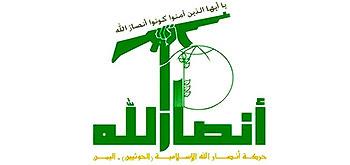
Ansarullah
A Zaidi Shiite movement operating in Yemen. It seeks to establish a democratic government in Yemen.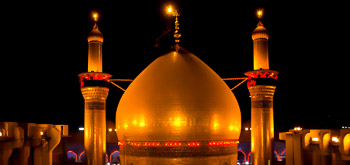
Shiite
represents the second largest denomination of Islam. Shiites believe Ali (peace be upon him) to be prophet"s successor in the Caliphate.
Resistance
Axis of Resistances refers to countries and movements with common political goal, i.e., resisting against Zionist regime, America and other western powers. Iran, Syria, Hezbollah in Lebanon, and Hamas in Palestine are considered as the Axis of Resistance.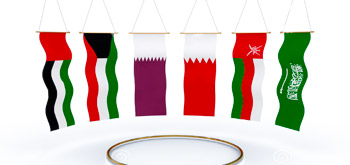
Persian Gulf Cooperation Council
A regional political u n i o n consisting of Arab states of the Persian Gulf, except for Iraq.
Taliban
Taliban is a Sunni fundamentalist movement in Afghanistan. It was founded by Mohammed Omar in 1994.
Wahhabism & Extremism
Wahhabism is an extremist pseudo-Sunni movement, which labels non-Wahhabi Muslims as apostates thus paving the way for their bloodshed.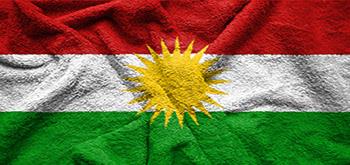
Kurds
Kurds are an ethnic group in the Middle East, mostly inhabiting a region, which spans adjacent parts of Iran, Iraq, Syria, and Turkey. They are an Iranian people and speak the Kurdish languages, which form a subgroup of the Northwestern Iranian branch of Iranian languages.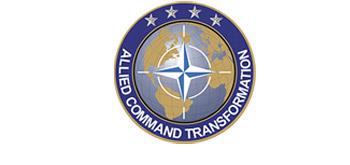
NATO
The North Atlantic Treaty Organization is an intergovernmental military alliance based on the North Atlantic Treaty which was signed on 4 April 1949.
Islamic Awakening
Refers to a revival of the Islam throughout the world, that began in 1979 by Iranian Revolution that established an Islamic republic.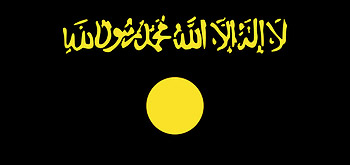
Al-Qaeda
A militant Sunni organization founded by Osama bin Laden at some point between 1988 and 1989
New node
